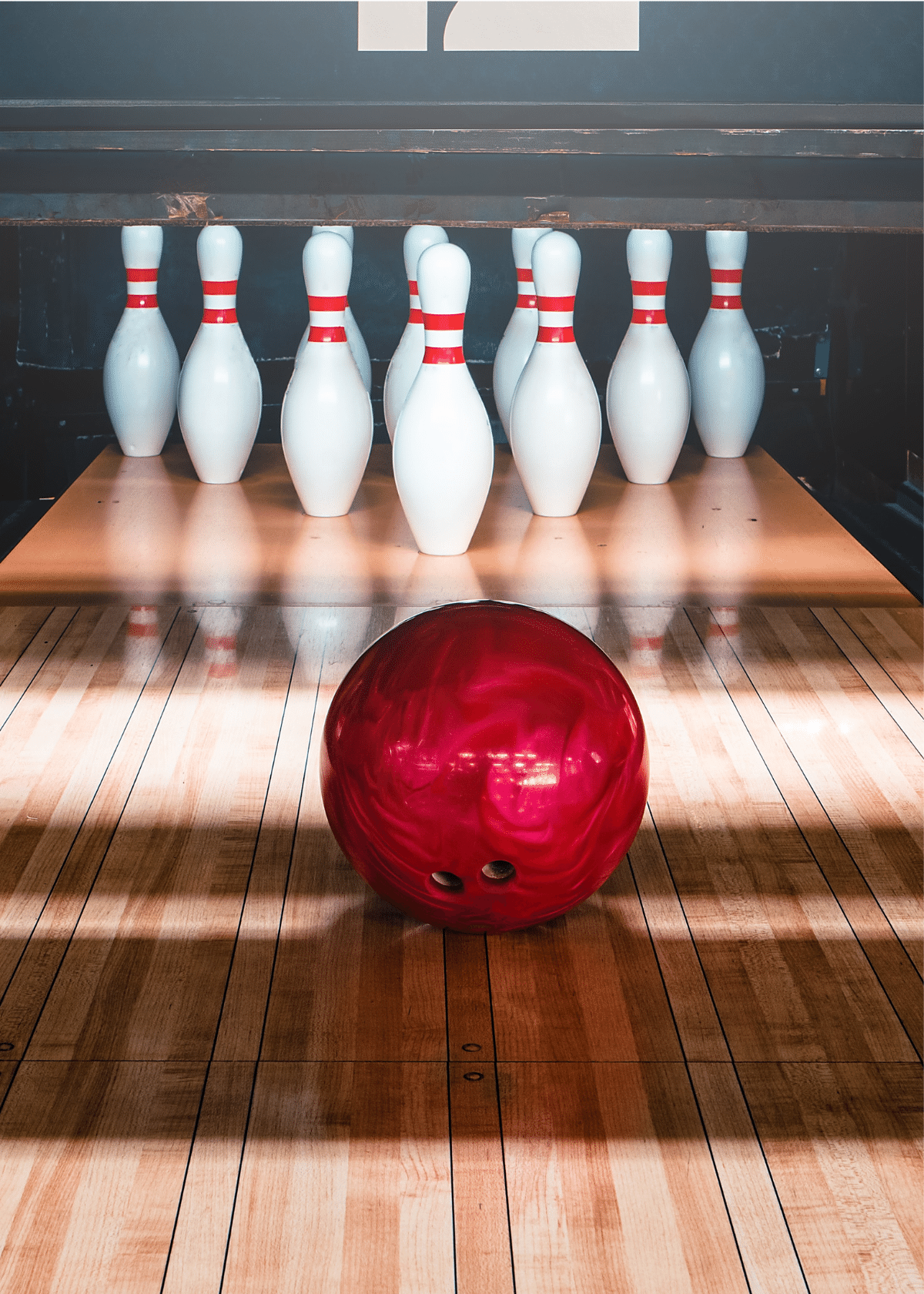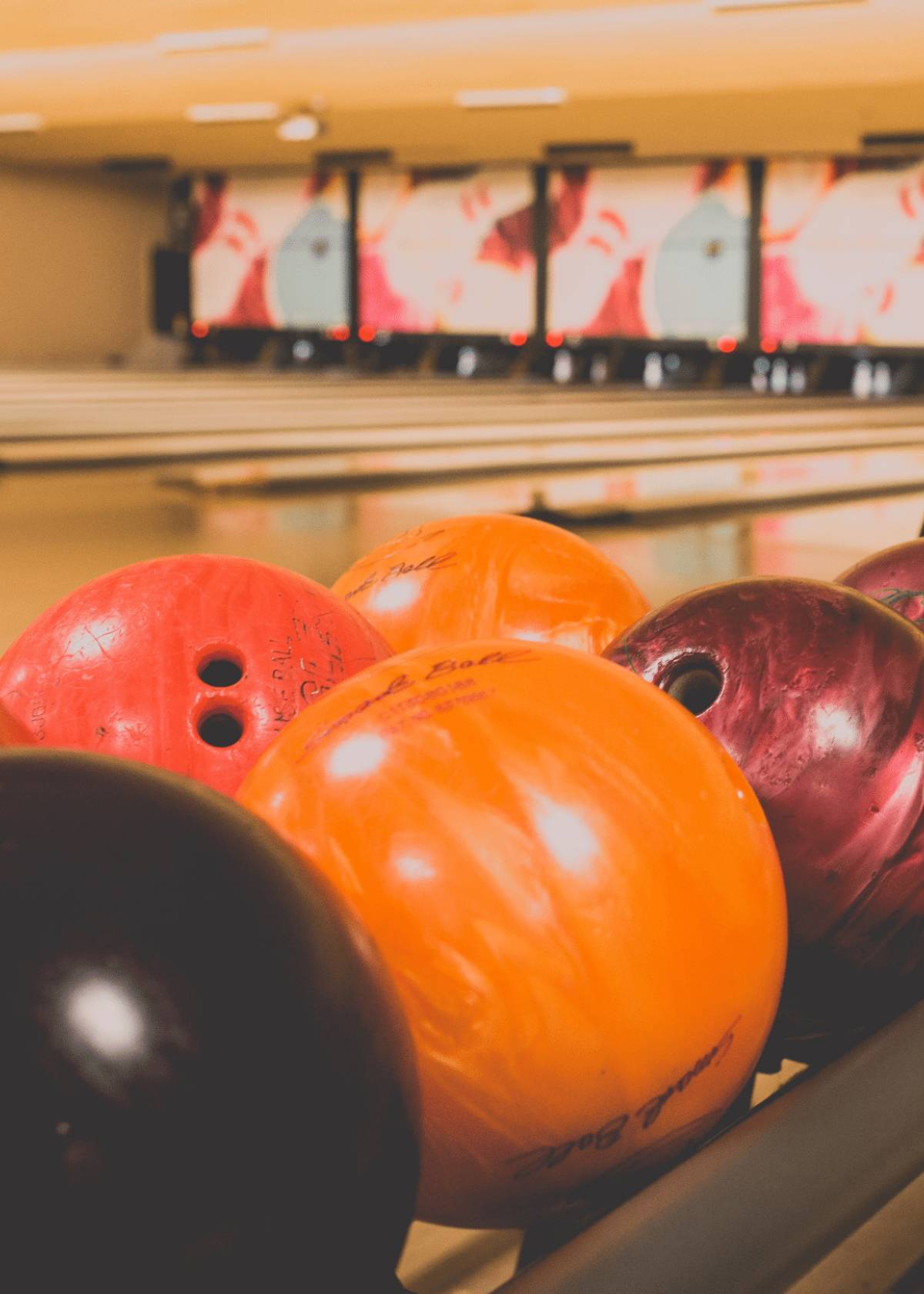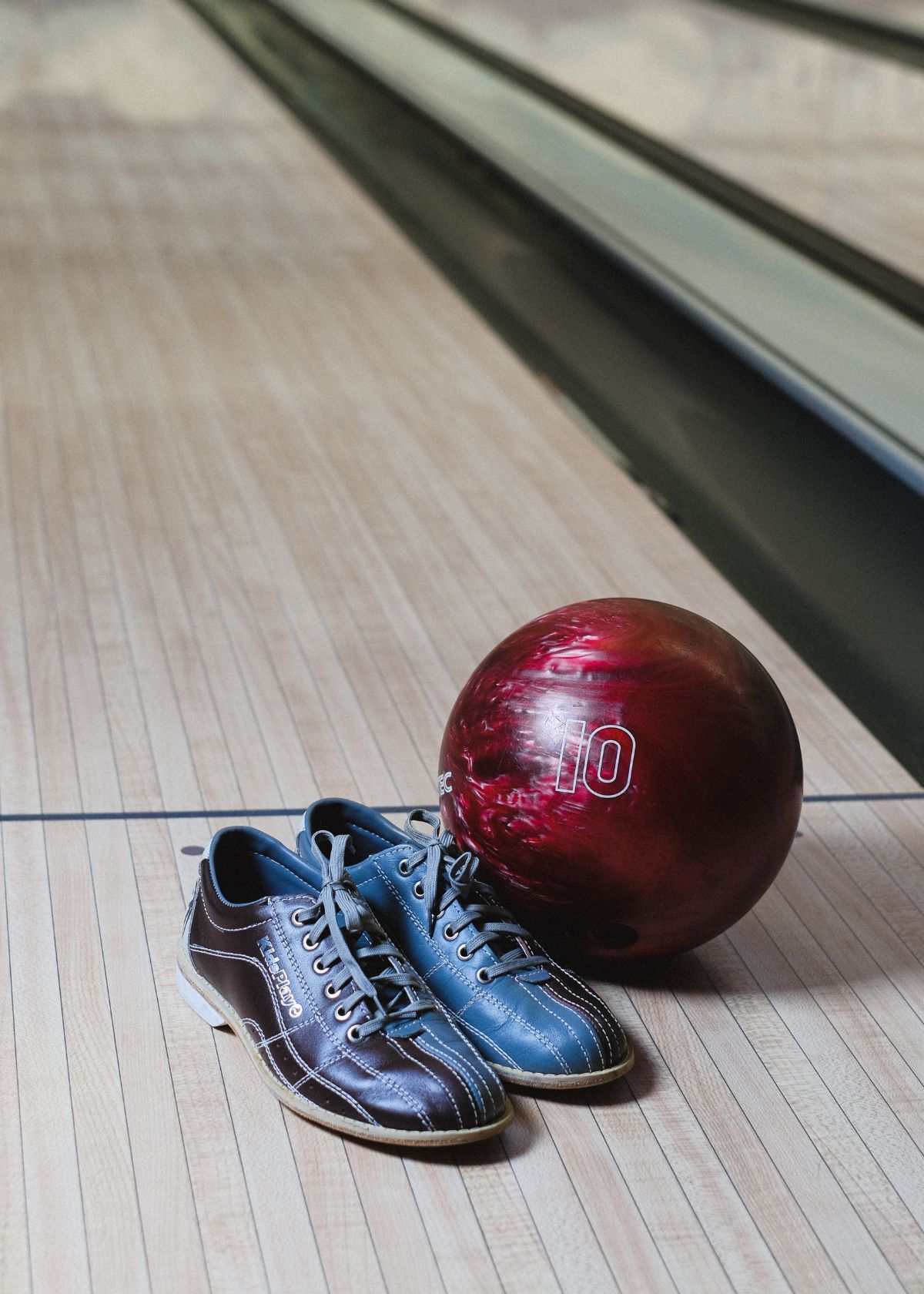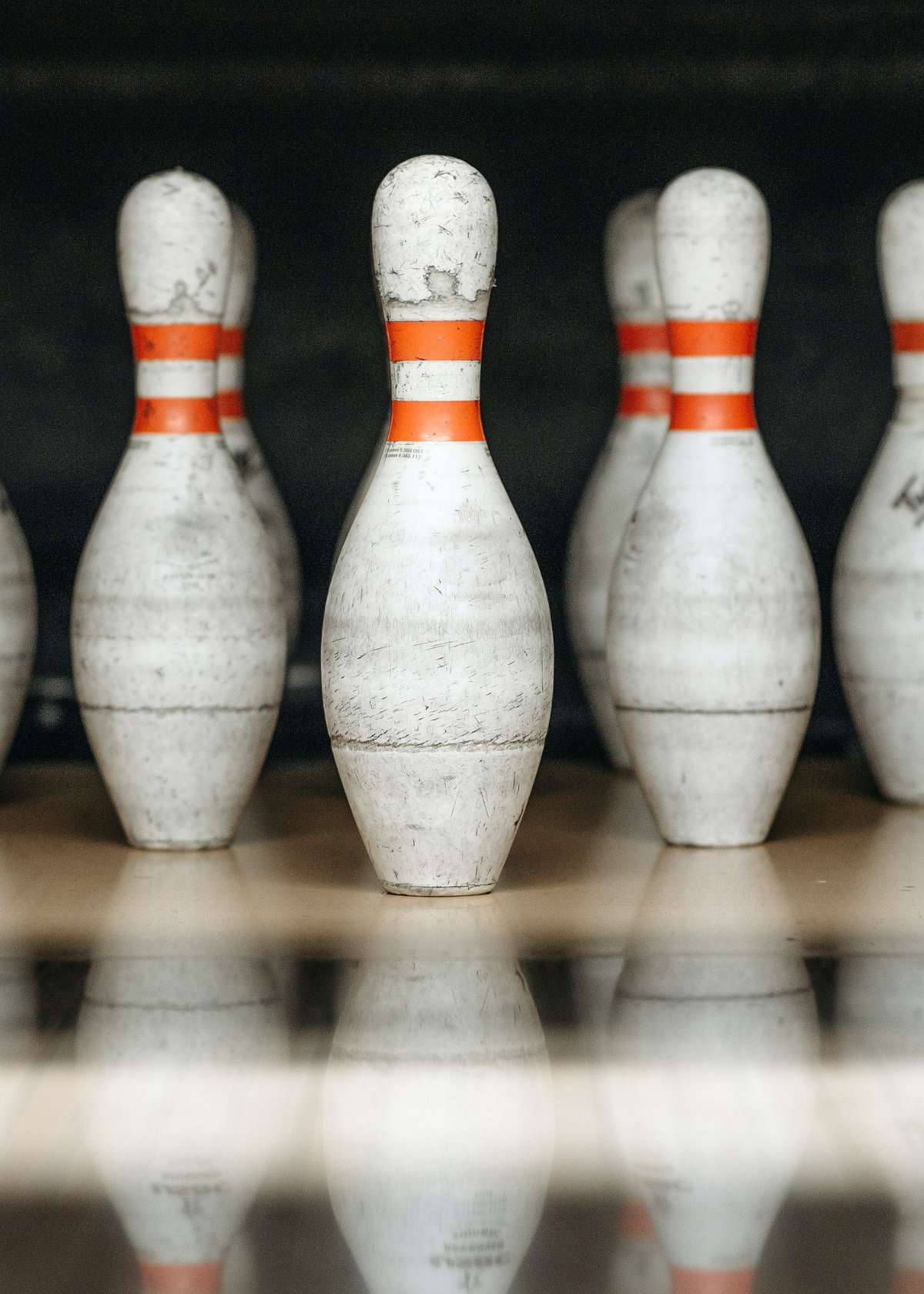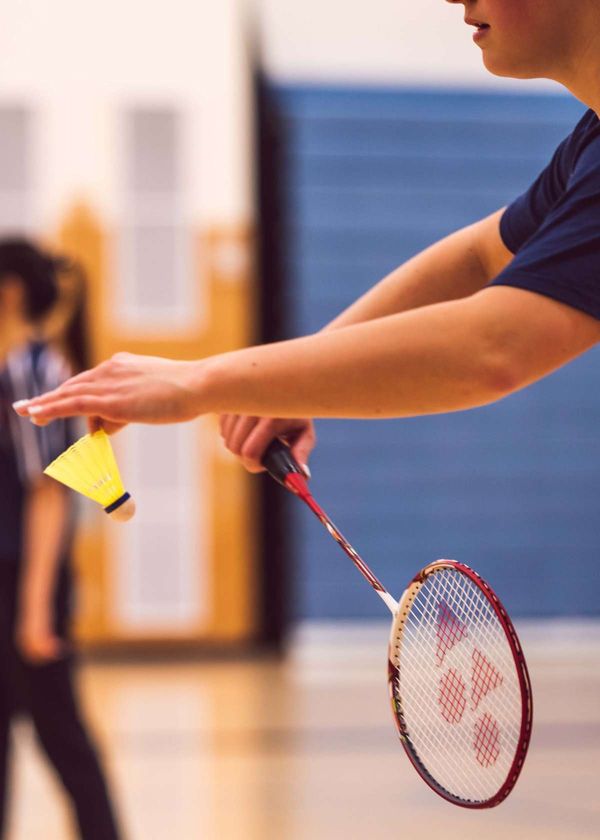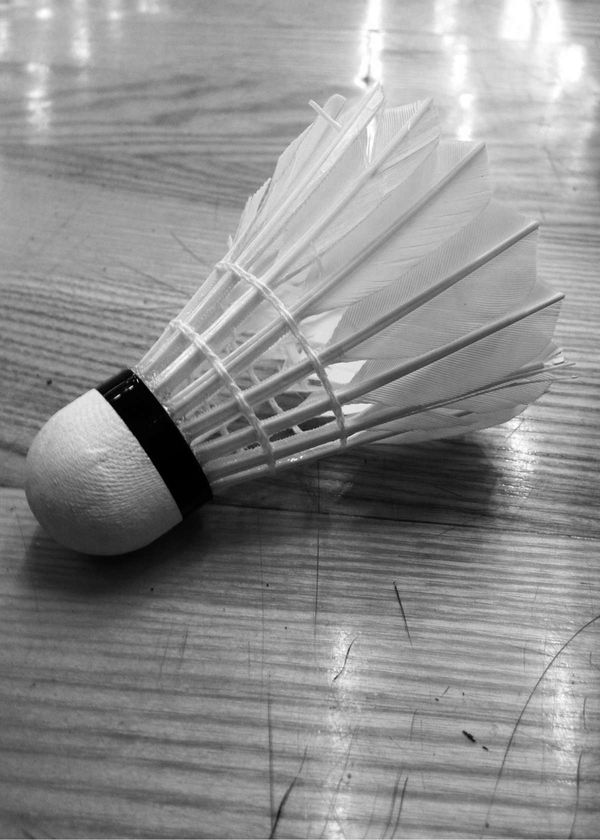Bowling is one of the most loved and played sports around the world. It requires skill, precision, and technique to score high and win. But have you ever wondered what goes into the making of a bowling pin?
The humble bowling pin is a crucial element in making the game what it is. In this blog, we shall explore the materials from which these pins are made, their evolution over time, and how they influence the game.
What Are Real Bowling Pins Made Of?
Bowling pins are usually manufactured from hard rock maple, which is a denser, more durable wood. This material was chosen for its durability and resistance to wear, as well as its ability to absorb shock.
It is a highly durable and strong material that provides the perfect balance of weight and stability. While many other pin materials have been tried over the years, maple has remained the standard in the industry.
Maple also has a straight grain that allows for easy shaping and finishing. Some of the earliest bowling pins were made of lignum vitae, a dense, hardwood that could withstand the force of heavy balls.
However, the heavy weight and high cost of lignum vitae made it impractical for widespread use.
What Is The Coating Of a Standard Bowling Pin Made Of?
Bowling pins are coated with a layer of nylon and ionomer resin. This coating provides a protective layer to the wood and enhances the aesthetics of the pins.
The nylon and ionomer coating provides a high level of durability, ensuring that the pins remain in good condition for a long time. It also helps reduce noise and makes the pins easier to clean.
The Evolution of Bowling Pin Material
The Early Days: Solid Maple Wood Pins
In the early days of bowling, pins were made of solid maple wood. This made them very heavy and difficult to handle.
The pins were also prone to breaking and chipping, leading to frequent replacements. The pins had to withstand a lot of wear and tear, and this affected their longevity in the game.
Transition to Laminated Maple: A Sustainable Shift
Laminated maple pins were developed in the mid-20th century, which revolutionized the game. These pins featured thinner layers of maple wood glued together, making them lighter and more durable.
The lamination process also made them resistant to chipping and breaking, ensuring that they could withstand frequent use.
The Anatomy of a Bowling Pin: Understanding its Structure
Bowling pins are designed to have a cylindrical shape, with a narrow neck and a wider base. This shape ensures that the pins can be easily spotted and arranged into the triangle shape used in traditional ten-pin bowling.
The neck of the pin is narrower than the base, which gives it a top-heavy design. This design ensures that the pins are easy to knock down, but also makes them resistant to wobbling or tipping over when hit by the bowling ball.
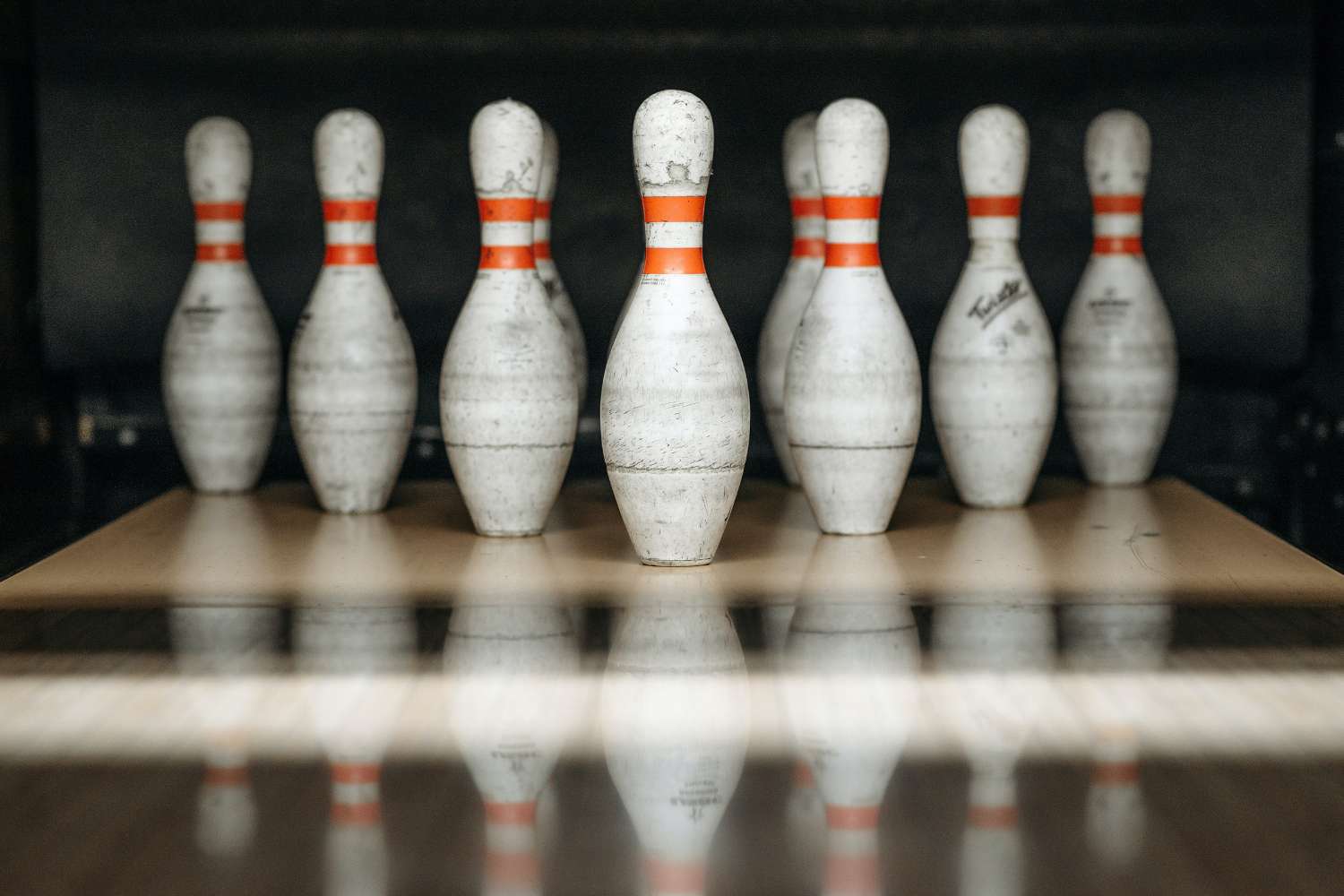
Hard Rock Maple: The Preferred Material for Modern Bowling Pins
Today, most professional bowling pins are made of a type of maple known as hard rock maple. This wood is extremely durable and can withstand the heavy impact of bowling balls.
Hard rock maple also has a consistent grain pattern and density, which allows for precision shaping and finishing. This consistency is important for ensuring that all pins have the same weight and shape.
It also plays an important role in ensuring that each pin can be knocked down by the same force, allowing for a more consistent experience when playing the game.
The Manufacturing Process: From Maple Wood to Bowling Pin
The manufacturing process for bowling pins begins with the selection and cutting of high-quality maple wood. The wood is then laminated, shaped, and sanded to create the basic pin shape.
The final steps of the process involve finishing the pin with a protective coating of nylon and ionomer resin and adding the identifying markings.
The entire process is performed by experienced professionals who ensure that the pins are of high quality and meet all safety standards.
Exploring the Unique Shape of Bowling Pins
The unique shape of bowling pins is an integral part of the game. While the shape of a bowling pin may seem simple, it has some interesting features that serve a specific purpose.
For example, the narrow neck of the pin helps to ensure that a ball hitting the head of the pin will cause it to topple over, rather than bounce back into play.
Bowling pins are also designed to be easy to spot and arrange into the triangle formation used in traditional ten-pin bowling.
How the Material of Bowling Pins Influences the Game
The material used in the manufacturing of bowling pins greatly affects the game. Pins made of solid maple wood were heavy and prone to breaking, which affected the longevity of the game.
Laminated maple pins were lighter and more durable, but still had some weaknesses.
Modern bowling pins made from hard rock maple are the perfect combination of strength, durability, and flexibility, making them the preferred material for bowling pin construction.
Variations in Bowling Pin Material: Comparing Different Woods
While maple is the most popular wood used in bowling pin construction, other types of wood have been used in the past. For example, some early pins were made of cherry or walnut, which produced a distinct sound when struck by a ball.
Some modern manufacturers have even experimented with composite materials like plastic or fiberglass, which can produce a different feel or bounce when knocked down.
However, maple remains the most popular choice for bowling pins due to its combination of strength and flexibility.
Summing Up: What Are Bowling Pins Made Of?
Bowling pins are typically made of hard rock maple, a type of wood that is known for its durability and stability.
The pins are then laminated, shaped, and finished with a protective layer of nylon and ionomer resin. This coating helps to protect the pins from chipping, breaking, or becoming scratched.
The unique shape of bowling pins is designed to make them easy to spot and arrange into the triangle formation used in traditional ten-pin bowling. The overall design of the pin also ensures that they are easy to knock down, yet resistant to wobbling or tipping over when hit by the bowling ball.
The construction and materials used in bowling pins have a long and interesting history. From the early days of solid maple to the modern hard rock maple pins preferred by professionals, the materials used can have an impact on the game itself.
Understanding the materials and construction of a bowling pin can help players to adjust their playing style for optimal results.
Find the best bowling gear here! Explore our carefully chosen options that are leading the market.
Discover a treasure trove of bowling and sports & fitness articles on our blog!
